Mongolia gives tourists the opportunity to get acquainted with the cultural and natural wealth. Ancient history, unique landscape and traditions will make even a short trip memorable. The country offers its guests several options for recreation: ecological, active, cultural.
Nature is one of the main treasures of the country. 22 national parks will allow you to see the diversity of landscapes and fauna. Vegetation varies from larch taiga to desert, many of whose inhabitants are listed in the Red Book. Where nature is rich and varied, there is also active recreation - hiking tours, horseback riding, autotourism. Hunting and fishing are popular types of leisure activities that have long been mastered by foreign guests of the country. Not so long ago, there was an opportunity to visit the first, so far the only, modern ski resort, which opened near the capital.
The culture of Mongolia is centuries-old and is represented by both archaeological monuments - rock art and the ruins of ancient settlements, as well as medieval Buddhist monasteries and palaces. Modern sights are museums, theaters, parks, shopping centers of the country's capital. The city hosts many holidays and festivals, some of them with a bright national flavor. The climate of Mongolia cannot be called harsh, but frosts in winter and heat in summer are a must. The best time for a trip is the end of August or the beginning of September, although the whole summer provides quite comfortable conditions for exploring the country.
What to see in Mongolia?
The most interesting and beautiful places, photos and a brief description.
- City of Ulaanbaatar
- Monument to Genghis Khan (Statue in Tsongzhin Boldog)
- Gobi Desert
- Karakoram - ancient city
- Gandantegchenlin Monastery
- Erdene Zuu Monastery
- Amarbayasgalant Monastery
- Temple-Museum of Choyzhin Lamyn Sum
- Palace of Bogdykhan
- Memorial Zaysan
- Sukhbaatar Square
- Gorkhi-Terelj National Park
- Khustain-Nuruu National Park
- Gurvansaikhan (Gobi-Gurvan-Saikhan)
- Lake Khubsugul
- Lake Ubsu-Nur
- Elyn-Am Gorge
- Valley of the Orkhon River
City of Ulaanbaatar
Capital of Mongolia, metropolis. A major economic and cultural center. The historical part of the city is a cultural monument, the mountain Bogd-Khan-Uul is included in the preliminary list of UNESCO. The city has a developed infrastructure, there are many tourist sites.
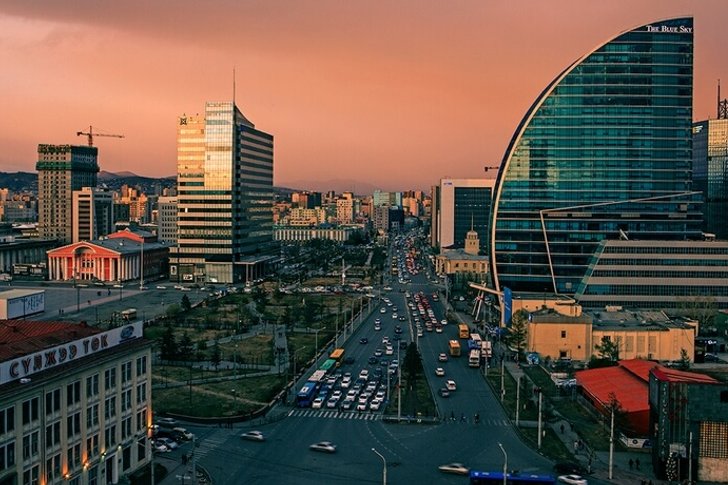
Monument to Genghis Khan (Statue in Tsongzhin Boldog)
The monument is the largest statue of a horse rider in the world. In Mongolia - also the largest statue of Genghis Khan. There is a recreation area inside the pedestal of the 40-meter figure, and an observation deck at the top.
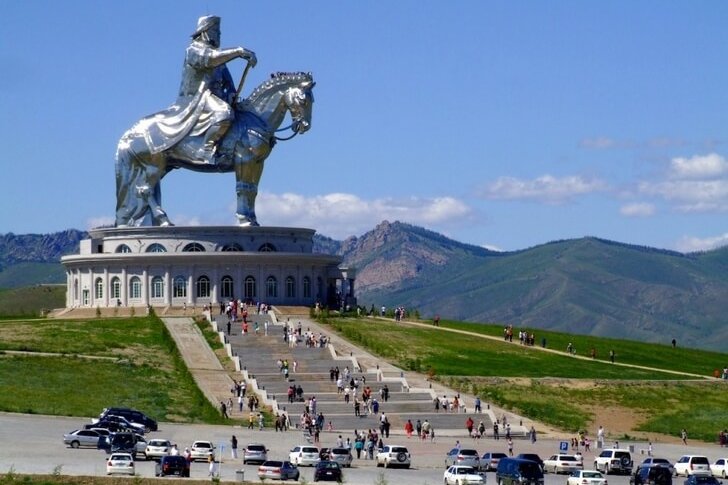
Gobi Desert
Located in the north of the country, the largest desert in Asia. Practically uninhabited, there are nomadic tribes on the territory. The vegetation is sparse, but there are unique representatives of the fauna. Here is the largest cemetery of dinosaurs.
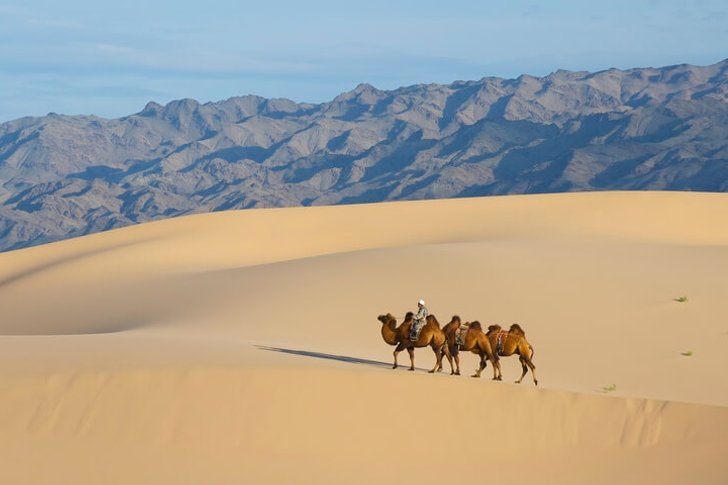
Karakoram - ancient city
The ancient capital of Mongolia. Experienced two major rises in the history of the country, in the 1200s and in the 1600s. Archaeological landmark, included in the UNESCO World Heritage List. Place of ancient settlements, a quarter of artisans, temples. Here was the palace of Khan Ogedei.
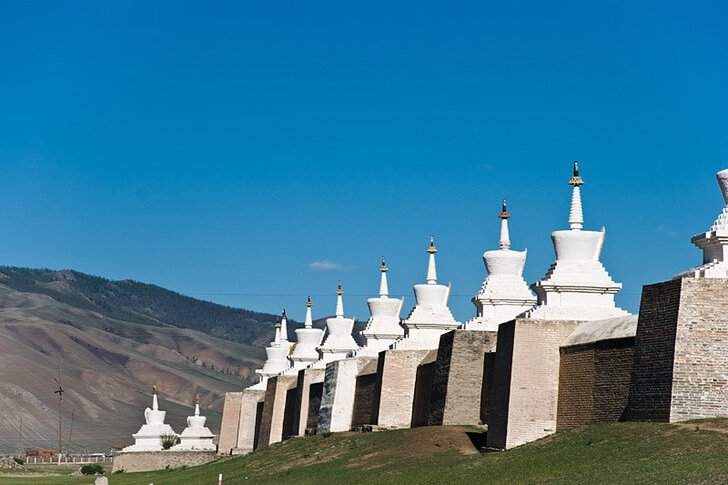
Gandantegchenlin Monastery
The current Buddhist monastery, the largest in Ulaanbaatar. Founded on the site of the city of Ulaanbaatar. The first religious center of Mongolia. The attraction is a huge statue of the Golden God Megjid Zhanrayseg, installed in 1911.

Erdene Zuu Monastery
Medieval Buddhist monastery, one of the temples of which is still active today. The rest of the buildings were given over to museums. The main value of the monastery is the statue of Buddha Ihe-Zu. In addition to it, within the walls of Erdzene-Zuu there are 11 relics donated to the monastery by the Dalai Lama. UNESCO World Heritage Site.

Amarbayasgalant Monastery
Large religious complex. All buildings are distinguished by the unity of style, with a predominance of Chinese traditions. The monastery is active, about 100 monks live there permanently. A unique combination of architecture and natural landscape - the buildings are located in a picturesque valley against the backdrop of hills covered with larch forests.

Temple-Museum of Choyzhin Lamyn Sum
A complex of temples located in the center of Ulaanbaatar. Built at the beginning of the 20th century. Currently, it is a museum of Mongolian religious art. One of the best monuments of Mongolian architecture.
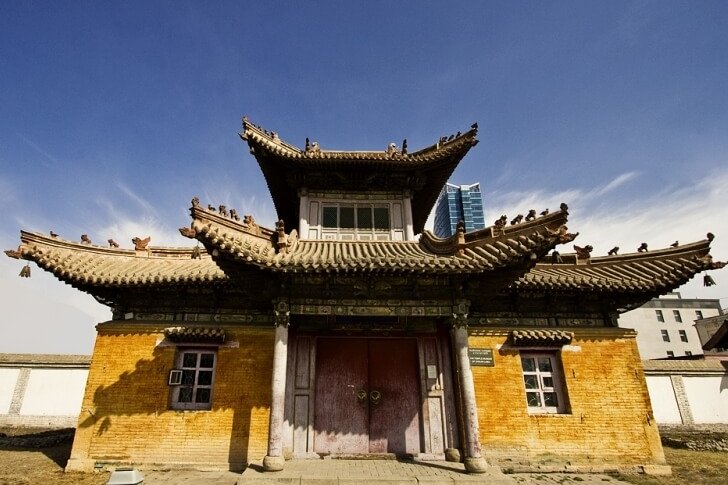
Palace of Bogdykhan
One of the brightest, spectacular sights of Mongolia. The complex of buildings, including the Summer and Winter Palaces of the last emperor, was built at the turn of the 19th and 20th centuries. The Summer Palace consists of several buildings of traditional Chinese architecture. The external and internal decoration of the palaces is in excellent condition and provides an opportunity to get acquainted with the life of the highest Mongolian nobility.
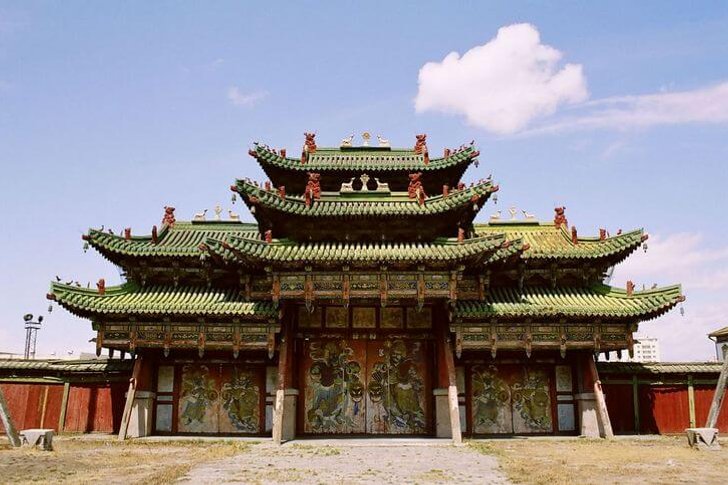
Memorial Zaysan
Complex of military glory on the Zaisan Tolgoi hill, not far from Ulaanbaatar. Established in honor of the victory of the Soviet-Mongolian army at Khalkin-Gol and the support of the Red Army of the Mongolian people's revolution. The complex has an original architectural solution. It was built in the form of a huge concrete ring, decorated with bas-reliefs and mosaics.
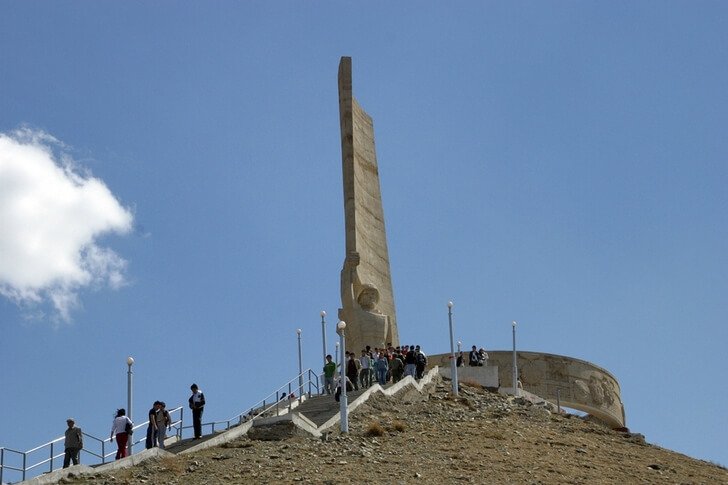
Sukhbaatar Square
The main square of the capital of Mongolia. It is also the main public space of the city. Now it bears the name of Genghis Khan. There are several monuments on the square, there are museums, a theater, and business centers around. Mass events and holidays are held here.
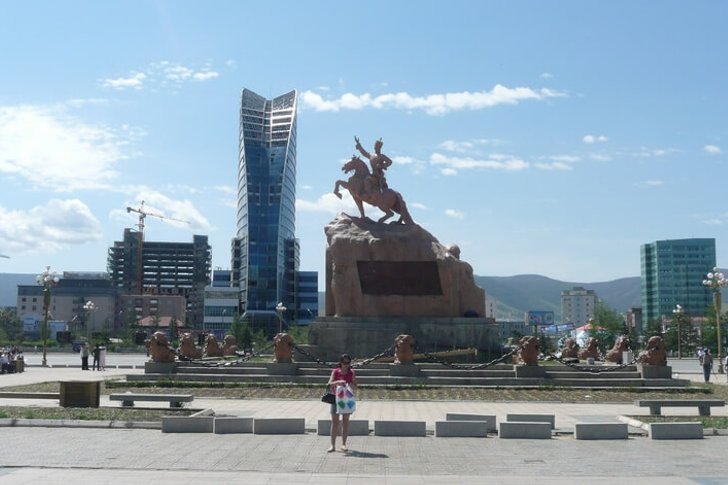
Gorkhi-Terelj National Park
Natural park, located 80 km from the capital. Nature is represented by low mountains, traditional for this area, covered with steppe vegetation or forest. In the southern part of the park there is a developed tourist infrastructure. There are hotels, recreation centers, a spa resort. Tourists are also offered to visit a Buddhist temple and a dinosaur sculpture park.
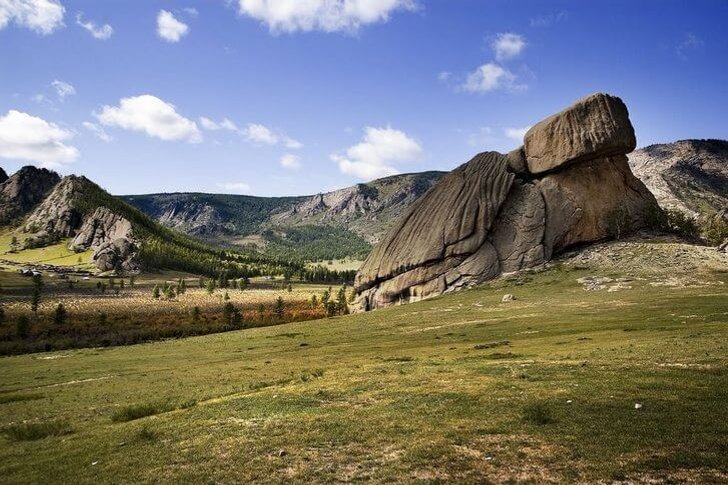
Khustain-Nuruu National Park
A large natural park that can be explored on foot, horse or jeep. In addition to picturesque landscapes, here you can see ancient monuments. For those who wish, there is an opportunity to take part in the study of nature. In the park, work is underway to restore the population of Przewalski's horses.
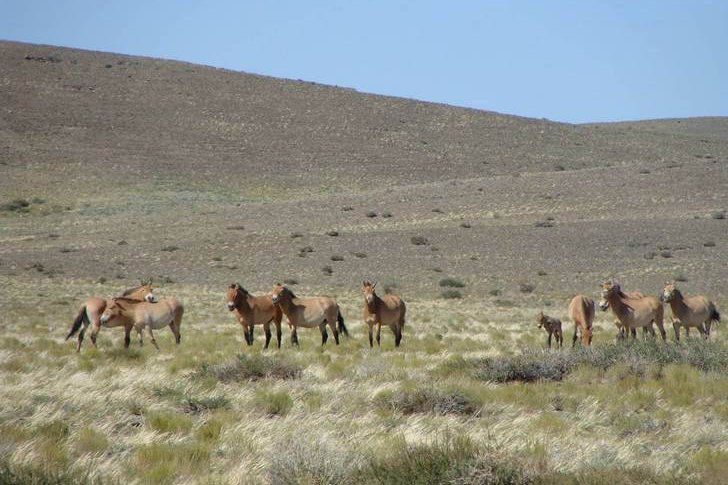
Gurvansaikhan (Gobi-Gurvan-Saikhan)
The largest of the national parks in the country. Located in the north of the Gobi Desert. The main attractions are sand dunes and local fauna. The famous dinosaur cemetery is located on the territory of the park. Tourists are invited to get acquainted with the traditional Mongolian life by visiting the settlements of local residents.
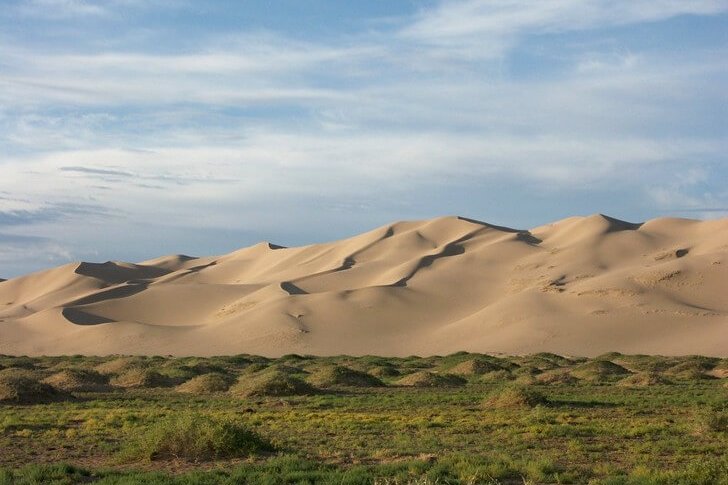
Lake Khubsugul
The “younger brother” of Baikal is located at a distance of 200 km from it. Freshwater lake, very deep. One of the 17 ancient lakes on Earth, over 2 ml old. years. It is located between the steppe and taiga landscapes, around the lake is a nature protection zone. Tourist bases are located along the shores, a ferry runs along the lake. A popular eco-tourist site.
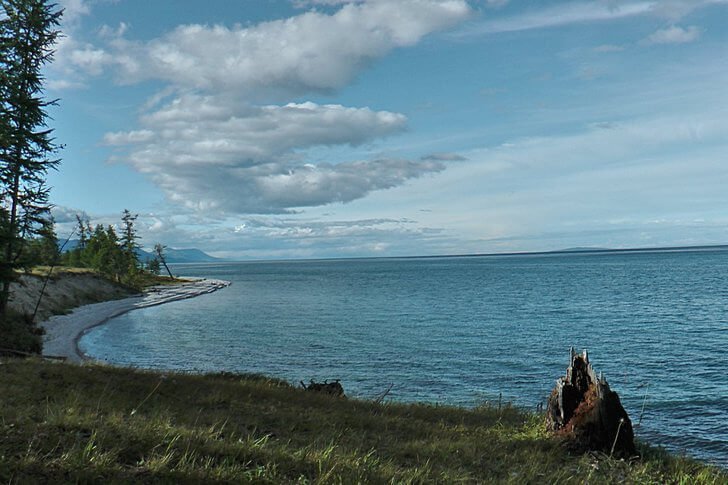
Lake Ubsu-Nur
The largest in Mongolia, part of the UNESCO World Heritage Site. The water in the lake is salty. The world of animals and fish is very rich. Many ancient monuments, traces of the life of primitive people, have been found along the banks. Currently, there is no infrastructure around the lake, it is difficult to get to it.
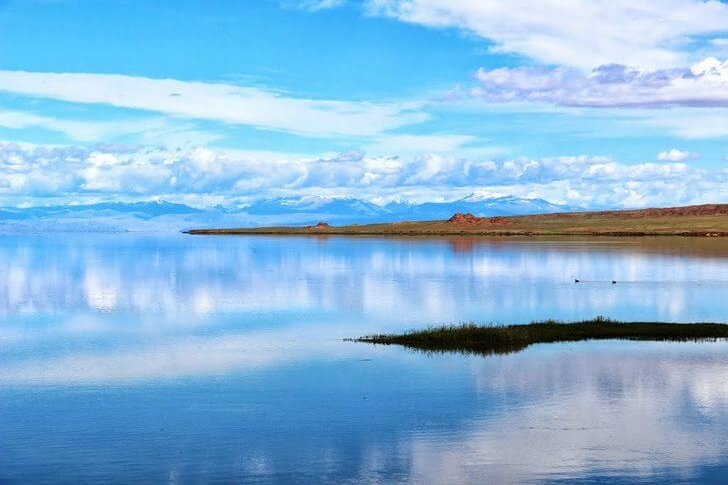
Elyn-Am Gorge
A deep and narrow gorge in the southern mountains of Mongolia. Another name for the valley is Grifov or Orlov. The gorge is located on the territory of the national park. The Gobi Desert is not far away, but there is almost always snow in the depths of the gorge.

Valley of the Orkhon River
One of the major rivers of Mongolia, the longest. The river valley has a varied relief, in one place it forms a waterfall. Known for the archaeological sites located on it, which are part of the UNESCO World Heritage Site. These include Karakorum, Khar Balgas, the tombs of the Huns.
